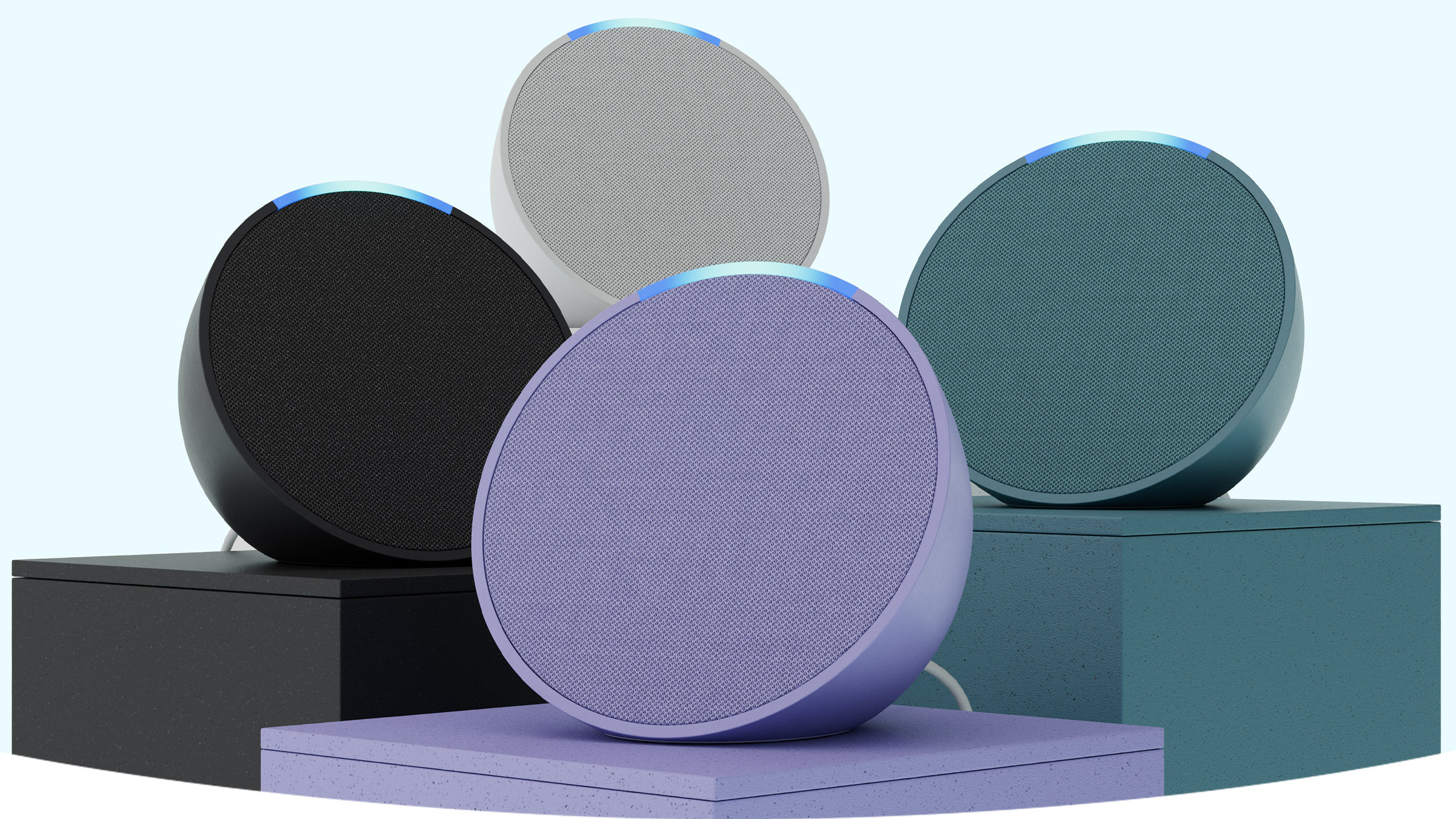
For the month of September, I emulated a financial plan for retiring early and put 50% of my disposable income into savings.
After rent, utilities, and all my other fixed costs for the month, I was left with roughly $140 per week to spend on food amd entertainment (even less when you consider I had to factor in an expensive bachelorette party at the end of the month). While that's certainly more than enough money to live on comfortably, it was immediately challenging to adapt to a much lower budget than I was used to.
Over the course of the month, I only made two trips to my local Trader Joe's, which set me back $24 and $34, respectively. While I ate out a few times and was blessed with a free box of pasta that got me through a few meals, that $58 covered more than 90% of my meals for the month.
I followed a few pieces of conventional wisdom to keep my bills low — swap beans for meat, cook in batches, bulk up meals with carbs — but the biggest factor that contributed to my modest total was that I only bought exactly what I needed.
I've followed a simple meal planning strategy for years that forces me to maximize the ingredients I already have on hand and only purchase a limited number of items each week, which helps me avoid ending up with random perishables that inevitably go to waste.
"Meal planning" sounds complex and time-consuming, but it takes me less than half an hour per week. Here's my super simple strategy:
SEE ALSO: I saved 50% of my income for a month — and it wasn't as impossible as I expected
DON'T MISS: I saved 50% of my income for a month and the hardest part wasn't cutting back my spending
First, I make a two column template for the week, leaving spots open for breakfast, lunch, and dinner each day on the left and a shopping list on the right. Second, I mark down any days I know I already have meals taken care of, and therefore don't have to cook, including everything from meals out with friends to free pizza at work.
Third, I plan to use up any ingredients I've already paid for. I go through my cabinets, fridge, and freezer and take stock of what I already have. If I have any leftovers or items that can be a meal on their own, such as a frozen veggie burger or bowl of pasta, I fill those in first. After that, I start creating meals that can be mostly built with ingredients already in my cabinets, such as rice and pasta. I list out every single item needed for a dish, adding any I need to purchase to my shopping list as I go.
Finally, I add in any meals that require a completely new set of ingredients, again adding each new item to my grocery list as I go. If I know I'm going to have a busy night and won't have time to cook, I don't feel bad about putting "frozen dinner" on my shopping list either — it's still cheaper than ordering in when I'm feeling lazy.
See the rest of the story at Business Insider
from Strategy http://ift.tt/2eXUGJD
via IFTTT

No comments:
Post a Comment